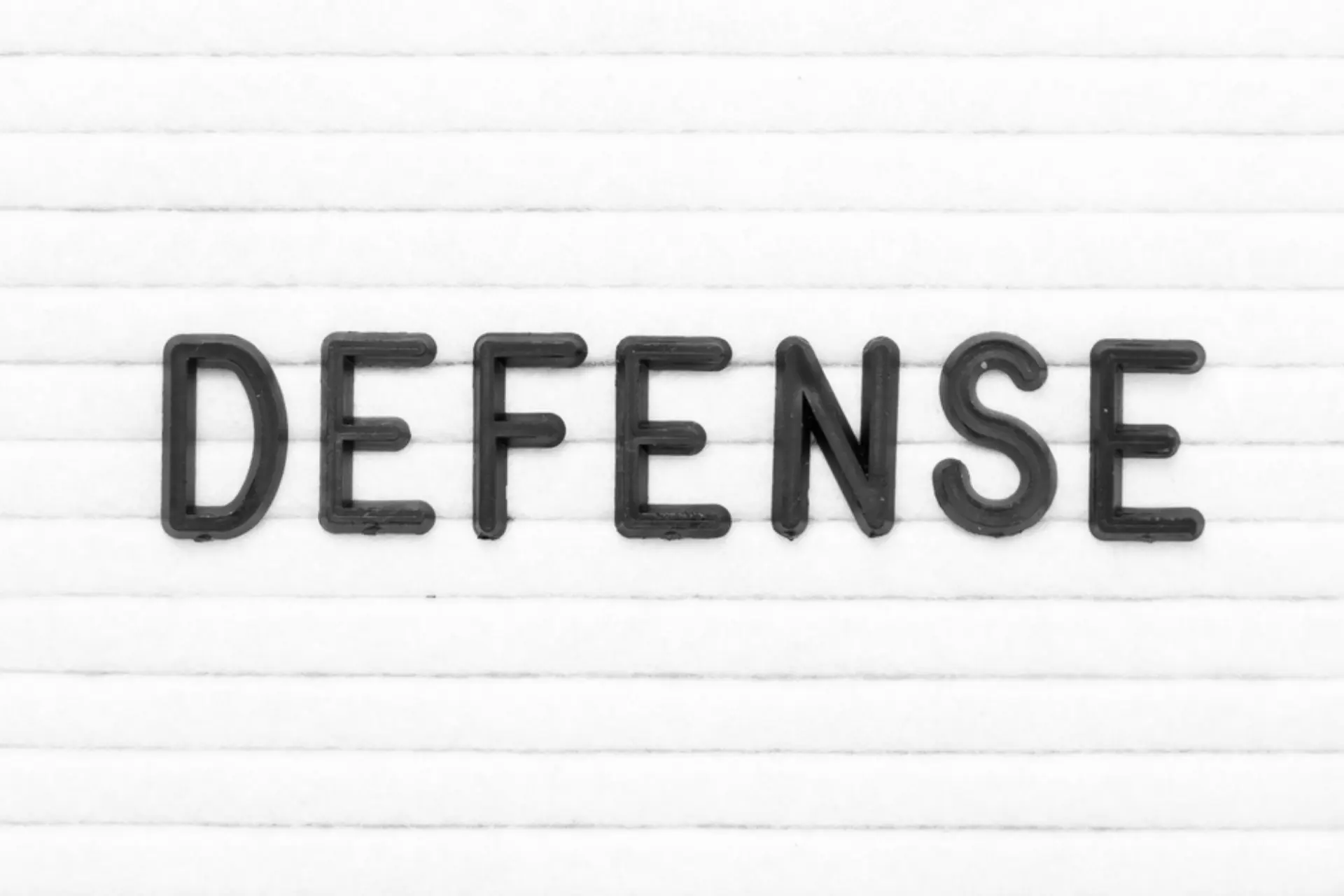How to Write a Rebuttal Without Sounding Defensive

We all have experienced this situation in our lives. Someone shares their feedback or comments on our writing style. The reviews are not right for you. There are two conditions: either the reviewer has misunderstood the context, or you might have seen things differently.
What is your first reaction to this condition? You will quickly defend yourself, but you stop. Why? Because you want to respond, not react. Your objective is to explain your side clearly without sounding upset or defensive. This is where a good rebuttal makes its entry. It is not about setting an argument or proving someone wrong. The art is calm and respectful, offering your perspective so people can listen and understand. This blog will guide you to write a strong note when disagreeing that reflects your confidence without creating conflict.
What Is A Rebuttal?
A rebuttal or counterargument takes on a couple of different forms. In terms of an argument or debate, the document presents the evidence or reasoning that weakens or undermines the opponent’s claims. These are used in law, public affairs, and politics. These are also found in academic publishing, editorials, letters, or customer service reviews.
A Guide to Writing a Rebuttal
Analyze the reviews of the commentator
Use a sheet of paper or an online tool to organize each reviewer’s individual comments, questions, and concerns. Keeping all the records in one place will help you identify the common concerns and prevent the risk of missing some. As you jot down, try to use the exact words to better understand the message being conveyed.
Bullet down some of the responses
You can list down some of the pointers you can add in favor of or against the explanation of the counterargument. Dump your thoughts here in rough text without regard for any errors or formatting techniques. No need to look for a logical flow in the ideas. Keep the details convincing and concise. You can add details when you are writing the complete argument.
Write your rebuttal
Turn all your ideas into a real paragraph format. Talk about each of the review pointers and support it with evidence from your end. Keep your narration to the point so it is clear and easy to understand. As you start with a new argument, try to change the paragraph and use transitional words for a smooth and logical flow. As IB essays are lengthy enough, their context must be clear without repetition. In the same way, if you need help writing your rebuttal, you can look for the Best IB Essay Writing Service; help from them will guide you in managing your text without repeating the same points.
Review and revise your work
Once you have completed your arguments with strong evidence, re-read them. See if the information you tried to convey is clear and easy to understand. Check your word choice and see if you have highlighted all the elements.
Make changes to any spelling mistakes or grammatical errors. Evaluate the sentence structure and see if the ideas are not repetitive or colliding with each other.
Format your file
After you have checked for the errors, format your file. Check for the alignment and line spacing. If you are writing a law rebuttal, you need to add some references from the law appendix. Make sure you add those and refer to them in the list. These pieces of evidence in the law note will make your document stand out strongly.
Tips To Write Your Rebuttal
Begin with a positive note
You don’t need to start with the bombardment from the first line. Start with writing a summary in which you open your discussion by thanking the reviewers. Rebuttals focus on the negative encounters, so don’t set a tone that reflects your negative image from the start. Use a language that portrays to your readers that you encourage them to take time to review your work. Just like custom TOK writing services, when writing TOK assignments, begin their introduction positively, and follow the same practice.
Keep the order logical
One of the best tips is to begin with the biggest concern and generate a response to it. Later, move to the least important one with just minor details.
Feel free to talk about the main concern
If all the comments are based on the same pointer, recap the details in a concise yet creative manner. There might be a situation where the point is being missed by the readers. For instance, if all the concerns are related to your goals for something, answer what your goal is, why you chose it, and what it is that you don’t count as a goal.
Refer to the details already mentioned
You were going through the comments and came across a point where the reviewer asked for details that you have already mentioned. Refer them to the line, table, or figure number where the asked question is already being answered. Your referring back to the main page will establish your credible image and reflect that you didn’t miss out on any important details.
Support your evidence with figures
Stats speak better than words. Instead of you arguing in the comments with reviewers, provide quantitative data. These numbers can be analyzed from your data or the results from other studies supporting your statement.
Conclude on a positive note
Towards the end, you have answered all the reviews and supported your statements with evidence, concluding positively. As you began with a positive tone, the ending should be positive to let them discuss things they might need. Add words like the doors are open for all kinds of discussions. This attitude will reflect your positive image, and the reviewer will think that their comments were valuable.
The Final Comments
Writing a rebuttal is not like walking on eggshells. When done with care, it is an opportunity to express your thoughts with clarity, confidence, and respect. When you receive feedback, try to stay calm. Focus on what the reviewer is trying to convey. Make notes so you know what you need to answer with evidence. While noting, if you get through some points you have already discussed, but the commentator missed, refer to them. Try to keep your tone neutral and your evidence stronger. The more respectfully you convey your message, the more you are to succeed in building a positive image.

